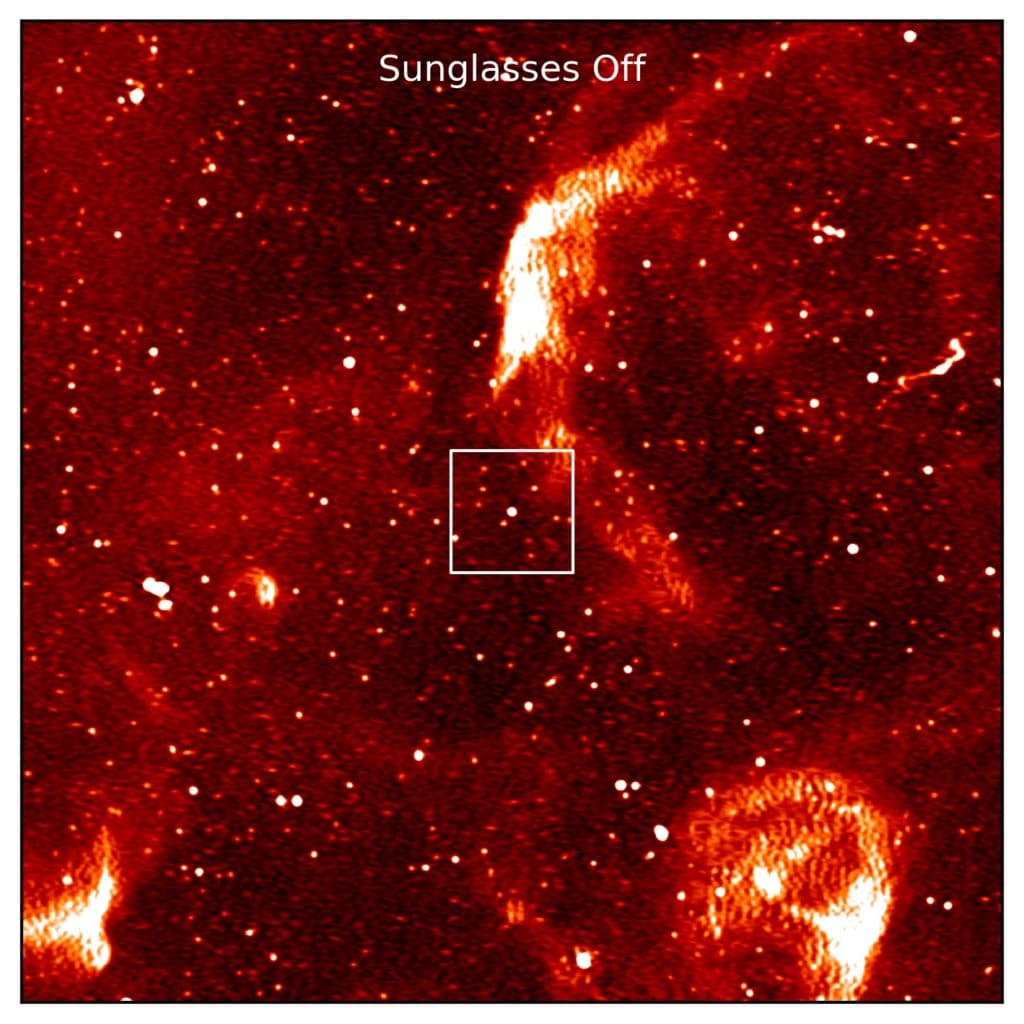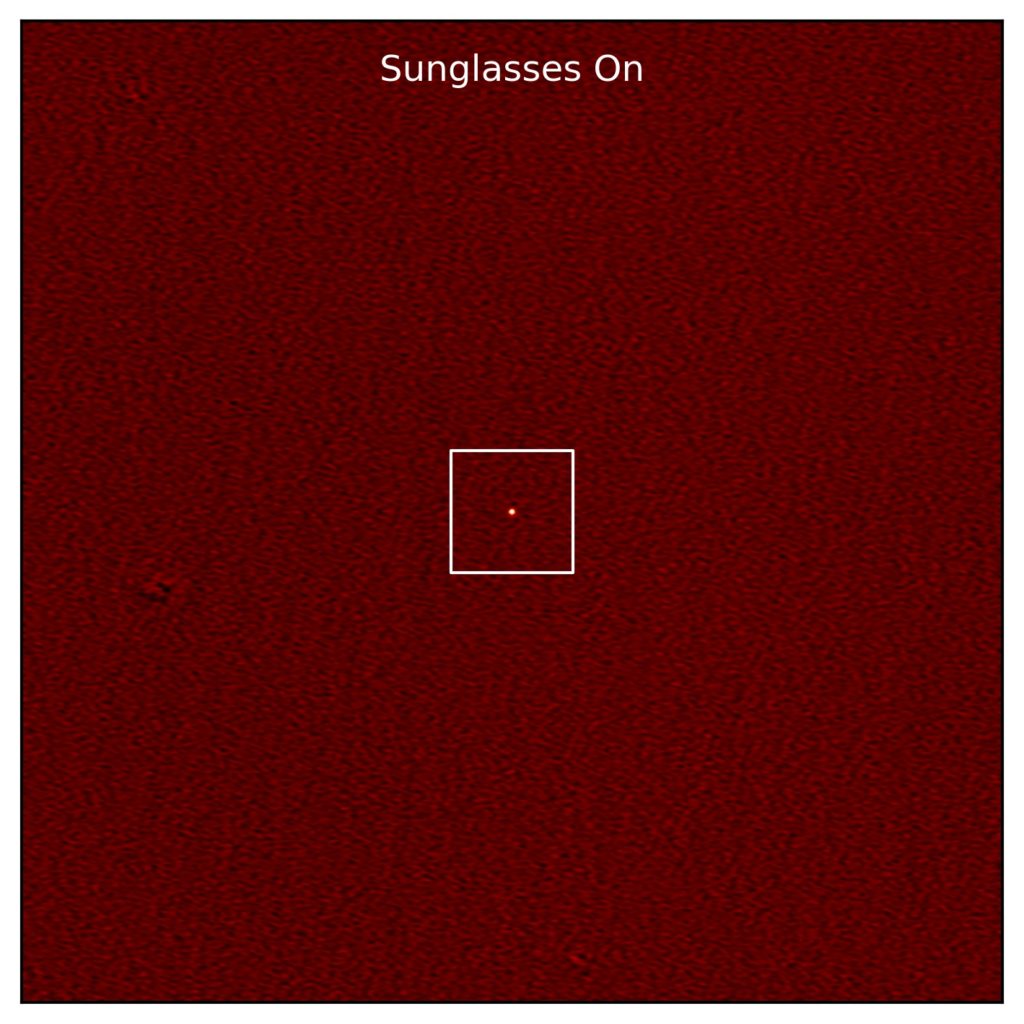A pulsar is a neutron star that rotates quickly and releases two polarised radio lights. The beams create a unique timing and polarisation signature as they burst across space.
Since the first pulsar discovery, a lot of effort has been devoted to developing efficient and sensitive search algorithms. Traditional methods of finding pulsars look for this flickering in telescope data but can miss those that are too fast or too slow.
An international research team, including scientists at Australia’s national science agency, CSIRO, developed and applied a new technique to the ASKAP radio telescope. Using this astronomical version of ‘sunglasses’ to capture polarized light, the team discovered the brightest extragalactic pulsar known outside our galaxy. This pulsar could be the most luminous one ever found- 10 times brighter than any other detected.
The newly found pulsar – called PSR J0523−7125 – is located well beyond the limits of the Milky Way within the Large Magellanic Cloud.

CSIRO researcher Yuanming Wang, a Ph.D. candidate at the University of Sydney and lead author of the research, said, “This was an amazing surprise. I didn’t expect to find a new pulsar, the brightest. But with the new telescopes we now have access to, like ASKAP and its sunglasses, it is possible.”
The ASKAP data offered the first hints of this unusual pulsar. The team then used the South African Radio Astronomy Observatory’s MeerKAT radio telescope to confirm its existence.
Professor Tara Murphy from the Sydney Institute for Astronomy at the University of Sydney said, “We should expect to find more pulsars using this technique. This is the first time we have been able to search for a pulsar’s polarisation systematically and routinely. Because of its unusual properties, this pulsar was missed by previous studies, despite how bright it is.”

Professor Elaine Sadler, Chief Scientist of CSIRO’s Australia Telescope National Facility, which includes ASKAP and two other telescopes used in the study, said, “it is incredible that the first pulsar to be found using this technique is an extreme one.”
“This speaks to all the great things we can expect from our telescopes and researchers as they constantly find new ways to answer some of our biggest questions. From ATCA to ASKAP, the Australia National Telescope Facility continues to provide wonderful access to our Universe.”
Journal Reference:
- Yuanming Wang, Tara Murphy et al. Discovery of PSR J0523-7125 as a Circularly Polarized Variable Radio Source in the Large Magellanic Cloud. The Astrophysical Journal; 2022 May 2. DOI: 10.3847/1538-4357/ac61dc
